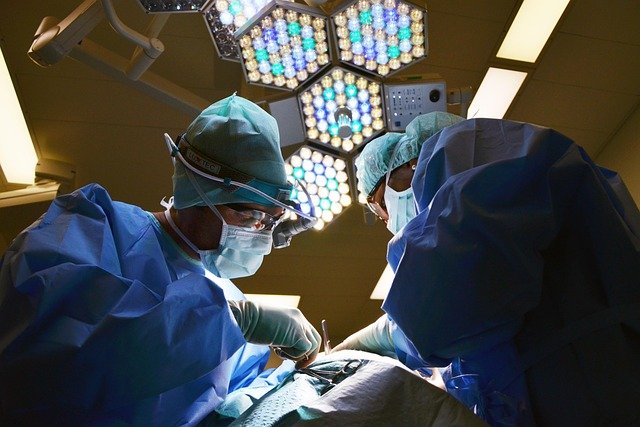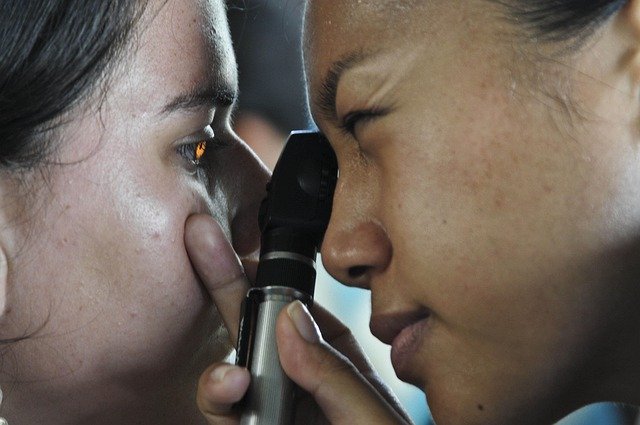Understanding Liposuction Clinical Trials: Key Insights
Liposuction clinical trials play a crucial role in advancing the safety, effectiveness, and innovation of body contouring procedures. These studies evaluate new techniques, technologies, and patient outcomes to ensure optimal results with minimal risks. By analyzing data from controlled clinical settings, researchers can identify best practices, refine surgical methods, and establish evidence-based guidelines that improve patient care and satisfaction.

Liposuction remains one of the most commonly performed cosmetic surgical procedures worldwide. As technology and techniques evolve, clinical trials serve as the foundation for validating innovations and ensuring patient safety. These research studies systematically investigate new approaches to fat removal, compare existing methods, and assess long-term outcomes. For anyone considering liposuction or professionals involved in aesthetic medicine, understanding the clinical trial process provides valuable context for evaluating treatment options and anticipating future developments in the field.
The Purpose and Design of Liposuction Clinical Trials
Clinical trials for liposuction are structured research studies designed to answer specific questions about surgical techniques, equipment, patient selection criteria, and postoperative care. These trials typically follow rigorous protocols approved by institutional review boards and regulatory agencies. Researchers may investigate new cannula designs, ultrasound-assisted technologies, laser-assisted methods, or alternative anesthesia approaches. The design of these studies often includes control groups, randomization, and standardized outcome measurements to ensure results are reliable and reproducible. Trials may focus on specific body areas, patient demographics, or combinations with other procedures. The primary goals include identifying safer methods, reducing recovery time, improving aesthetic results, and minimizing complications. Data collection encompasses patient-reported outcomes, objective measurements, photographic documentation, and adverse event tracking. Well-designed trials contribute significantly to evidence-based practice in cosmetic surgery.
Evaluating Safety and Efficacy and Patient Outcomes
Safety evaluation in liposuction clinical trials examines both immediate surgical risks and long-term complications. Researchers monitor for adverse events such as infection, bleeding, contour irregularities, skin necrosis, and systemic complications. Efficacy assessment measures how effectively a technique achieves desired fat reduction and body contouring results. Patient outcomes extend beyond physical changes to include satisfaction levels, quality of life improvements, and psychological impacts. Standardized assessment tools help quantify results objectively, while patient surveys capture subjective experiences. Trials often compare new techniques against established methods to determine relative advantages. Follow-up periods typically range from several months to years, allowing researchers to identify delayed complications or changes in results over time. Safety profiles developed through these studies inform consent processes and help surgeons counsel patients about realistic expectations and potential risks. The data generated guides clinical practice standards and regulatory decisions about new devices or techniques.
The Future of Liposuction Research and Innovation
Ongoing research continues to explore multiple frontiers in liposuction technology and methodology. Current areas of investigation include energy-based fat removal systems, regenerative medicine applications using harvested adipose tissue, and minimally invasive alternatives to traditional surgical approaches. Researchers are examining how to optimize fat transfer procedures, reduce postoperative discomfort, and accelerate healing processes. Advances in imaging technology may enable more precise preoperative planning and intraoperative guidance. Clinical trials are also investigating patient selection criteria to identify ideal candidates and predict outcomes more accurately. Combination therapies that integrate liposuction with skin tightening procedures or other body contouring methods represent another active research area. As understanding of adipose tissue biology deepens, future innovations may address metabolic aspects of fat distribution and removal. The integration of artificial intelligence and data analytics into clinical research promises to accelerate discovery and personalize treatment approaches. These evolving research directions suggest that liposuction techniques will continue to become safer, more effective, and more tailored to individual patient needs.
How Clinical Trial Participation Works
Patients considering participation in liposuction clinical trials should understand the process and implications. Trial participation typically involves additional screening procedures, more frequent follow-up visits, and detailed documentation compared to standard care. Informed consent processes ensure participants understand potential risks, benefits, and alternatives. Many trials offer reduced or no-cost procedures in exchange for participation, though this varies by study design and funding source. Participants may be randomly assigned to receive either a new technique or a standard approach, and they might not know which group they are in until the study concludes. Ethical safeguards protect participant rights and ensure trials are conducted responsibly. While participation contributes to medical knowledge advancement, potential participants should carefully weigh personal benefits against commitments and uncertainties. Consulting with independent healthcare providers can help individuals make informed decisions about trial enrollment.
Interpreting Clinical Trial Results
Understanding how to interpret clinical trial findings helps both patients and practitioners evaluate new developments critically. Statistical significance indicates whether observed differences are likely due to the intervention rather than chance, but clinical significance reflects whether those differences matter in real-world practice. Sample size affects the reliability of conclusions, with larger studies generally providing more robust evidence. Publication bias may favor positive results, so considering unpublished or negative findings provides a more complete picture. Conflicts of interest, such as industry funding, should be disclosed and considered when evaluating study conclusions. Peer review processes help ensure research quality, though not all published studies are equally rigorous. Replication of findings across multiple independent studies strengthens confidence in results. Patients should discuss trial findings with qualified practitioners who can contextualize research within broader clinical experience and individual circumstances.
Regulatory Oversight and Standards
Clinical trials involving liposuction operate under regulatory frameworks designed to protect participants and ensure scientific integrity. In many countries, regulatory agencies review and approve new devices or significant technique modifications before widespread clinical use. Institutional review boards evaluate research protocols for ethical compliance and scientific merit. Good clinical practice guidelines establish standards for conducting, recording, and reporting trials. These oversight mechanisms help maintain public trust in medical research and cosmetic surgery. Regulatory approval processes consider clinical trial data alongside other evidence when determining whether new approaches are safe and effective enough for market authorization. Post-market surveillance continues monitoring outcomes even after regulatory approval, identifying rare complications or long-term effects that may not appear in initial trials. This comprehensive regulatory approach balances innovation with patient safety, though systems vary internationally in stringency and scope.
This article is for informational purposes only and should not be considered medical advice. Please consult a qualified healthcare professional for personalized guidance and treatment.




